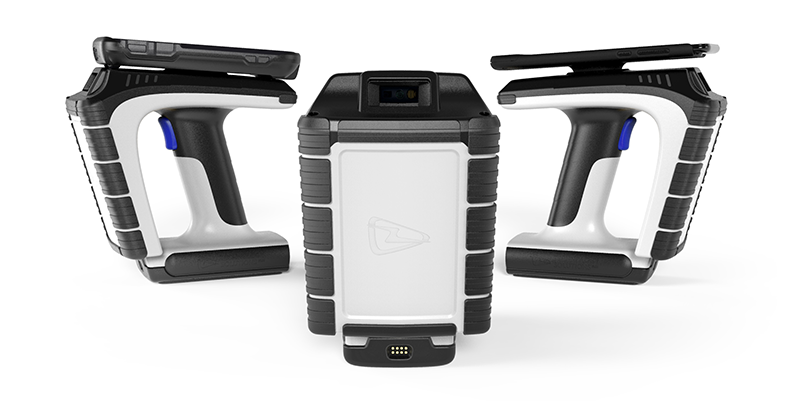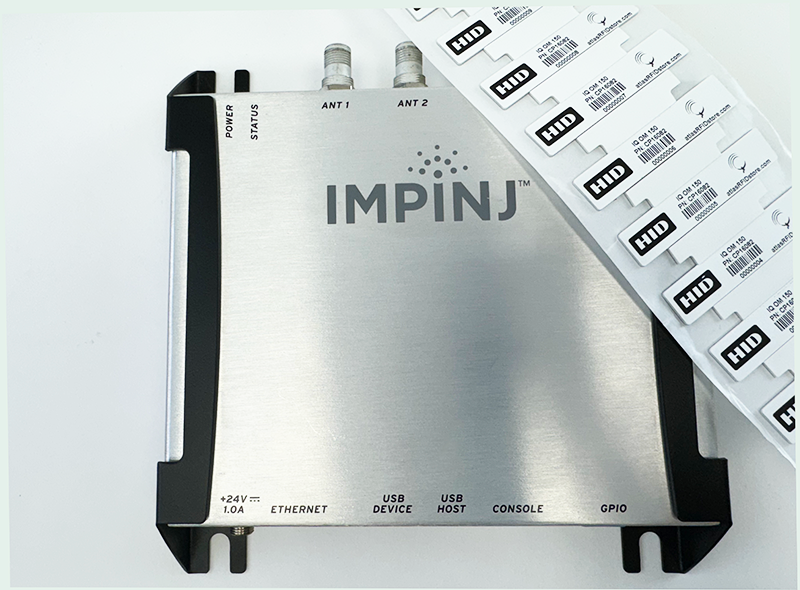Understanding RFID Writers: Efficient Tag Writing with RFID Readers
When organizations begin exploring how to encode RFID tags, they often search for a dedicated "RFID writer." An RFID writer is a device used to encode or program data onto RFID tags. It modifies the information stored on the tag’s microchip by transmitting radio waves, allowing users to add, update, or overwrite data. RFID writers are commonly used in applications like inventory tracking, access control, and asset management.
However, RFID writers are not separate devices, the reality is that most RFID readers on the market today are also RFID writers, capable of both reading data from and writing data to compatible RFID tags. That said, not all RFID readers are equally suited for the encoding process - particularly in environments where precision and efficiency are critical.
RFID Readers and Writers: A Dual-Function Device
Modern RFID reader/writers serve dual purposes: they retrieve data from RFID tags and also write new or updated information to them. This functionality is standard in most all RFID readers, including fixed, USB, and even handheld RFID devices, provided the tag being used is writable or re-writable.
However, practical differences between reader types can have a significant impact on encoding accuracy. While virtually all RFID readers include writing capabilities, some are far better optimized for this task.
Why Desktop and USB RFID Writers Offer Greater Control
When it comes to writing RFID tags accurately, desktop or USB-based RFID reader/writers offer several operational advantages:
- Defined and limited read zones, which help isolate individual tags
- Compact design, which facilitates close-proximity, single-tag encoding
- Better integration with encoding software for controlled data entry

The small size and defined read range is particularly useful in production or quality control environments where writing errors can disrupt workflows.
Writing RFID Tags One at a Time: Why Precision Matters
A critical consideration when writing RFID tags is the need for single-tag encoding. RFID readers are designed to communicate with one tag at a time during the write process. If multiple tags are present within the read zone, the reader may:
- Generate a write error
- Encode data onto the wrong tag
- Fail to complete the operation entirely
To avoid these issues, it's recommended to:
- Use a dedicated encoding station
- Employ a reader with a tight, focused read range
- Physically separate tags during the write operation
These best practices are essential for maintaining data integrity in serialized environments such as retail, warehousing, or logistics.
When to Use RFID Printer/Encoders for Large-Scale Tag Writing
For organizations that need to encode a high volume of tags - whether for inventory, shipping, or compliance, RFID printer/encoders offer a more efficient solution.
These devices are purpose-built to:
- Encode RFID chips
- Print corresponding label information (e.g., barcodes, text)
- Do both simultaneously and at scale
RFID printer/encoders ensure high throughput with minimal errors, making them ideal for enterprise operations where encoding speed and accuracy directly impact productivity.

Summary and Recommendations
- Most RFID readers support both read and write functions.
- Desktop or USB RFID writer devices are preferred for precision encoding, especially in low-volume or testing scenarios.
- Only one RFID tag should be in the read field during writing to prevent errors.
- For high-volume applications, a dedicated RFID printer/encoder delivers the best efficiency and consistency.
Looking for Easy-to-Use RFID Writing Software?
Take a look at Vulcan's Read, Write, Verify Software - designed to eliminate tedious hand encoding with an excel database automation.
Learn More



